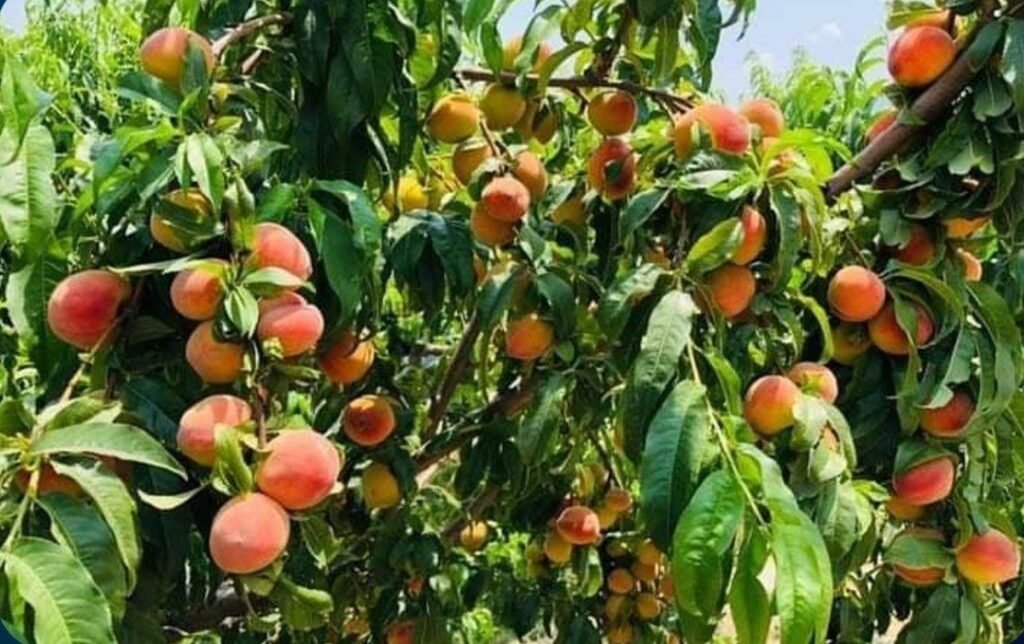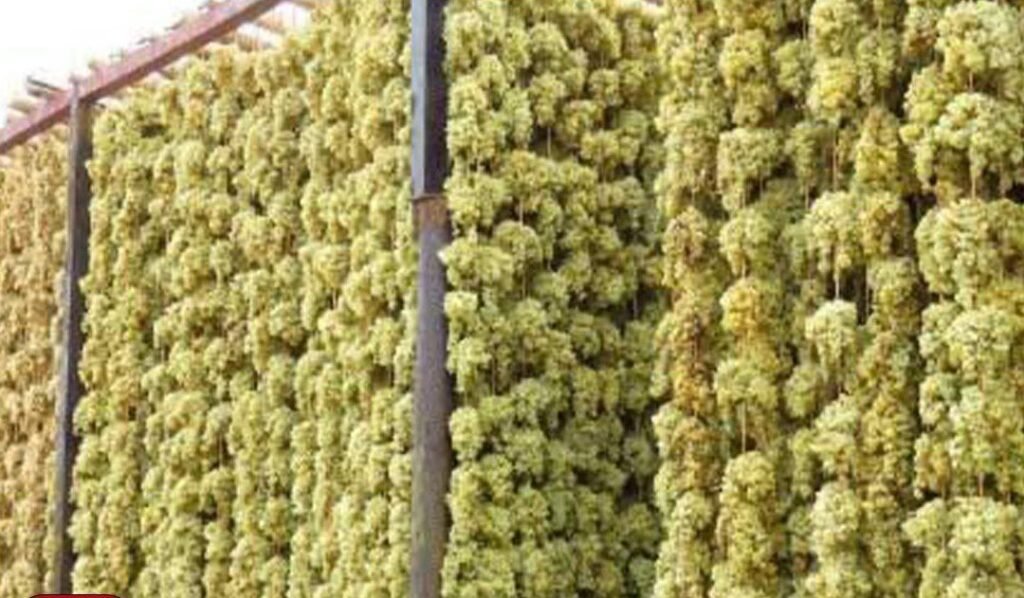Pusht-e-Zarghun District of Herat Province: A Look at Its Geographical, Social, and Economic Features
Pusht-e-Zarghun is one of the key districts of Herat Province in western Afghanistan, holding a unique position due to its rich cultural, economic, and geographical background. Located approximately 45 to 65 kilometers east of Herat city, this district has long attracted attention for its natural features and hardworking population.
Geographical Location and Borders
Pusht-e-Zarghun is situated among the important districts of Herat Province. It borders Injil district to the north, Guzara to the west, Adraskan to the south, and Chishti Sharif and Obe to the east. This geographical position has made it a crucial link between the eastern and central parts of Herat. The district includes many villages such as Shahabad-e-Balochha, Parnjan, Bandabad, and other lush, inhabited areas.
Ethnic Composition and Language
The population of Pusht-e-Zarghun primarily consists of Persian (Dari) and Pashto-speaking ethnic groups. In some areas like Shahabad village, Baloch people also reside. The common languages spoken are Dari and Pashto, with local dialects observed in some regions. Despite the ethnic diversity, there exists strong social unity and peaceful coexistence among the communities.
Culture and Local Traditions
The people of Pusht-e-Zarghun adhere to their traditional and Islamic values. Social ceremonies such as engagements, weddings, and gatherings are held with local customs and etiquette. Hospitality, respect for elders, and helping neighbors are cultural characteristics of the people. Women actively participate alongside men in household affairs, agriculture, and even sometimes in handicrafts.
Economic Status and Employment
The local economy is primarily based on agriculture and livestock. Crops such as wheat, barley, mung beans, vegetables, and saffron are cultivated in the district’s fertile lands. In recent years, saffron production has grown and become a significant source of income for many families.
In terms of livestock, raising sheep, goats, and cattle is common. Some families also produce land (dried winter meat), which is considered a valuable local delicacy.
In addition to farming, residents work in trades such as blacksmithing, tailoring, bicycle repair, baking, and selling fruits, flowers, and household goods. These small-scale jobs play an important role in meeting the daily needs of families.
Local Marke
Pusht-e-Zarghun has a small but active local market that operates daily or weekly. The market offers a variety of food items, medicine, clothing, fruits, flowers, wedding accessories, and household supplies. The presence of people from surrounding villages in this market reflects the economic interdependence among the communities of the district.
Public Services and Challenges
One of the major challenges facing the district is the lack of government-provided electricity in most areas. As an alternative, residents use solar energy systems, which often cannot meet all the household needs.
In some villages, roads are unpaved and rough, making transportation difficult during rainy and winter seasons. Additionally, the high cost of food and lack of employment opportunities have led to increased youth migration to Iran. A decline in farming and livestock compared to previous years also indicates the growing economic pressures on residents.
Although security in the district is relatively stable, a lack of adequate health centers, quality educational facilities, and limited access to essential resources like electricity and clean water remain ongoing problems.
Despite all the challenges, Pusht-e-Zarghun remains an important and potential-rich area of Herat Province. Its hardworking people, fertile agricultural resources, and rich culture have made the district a valuable part of the region’s social and economic landscape. Greater attention and support from the government and aid organizations can pave the way for sustainable development in this district.

